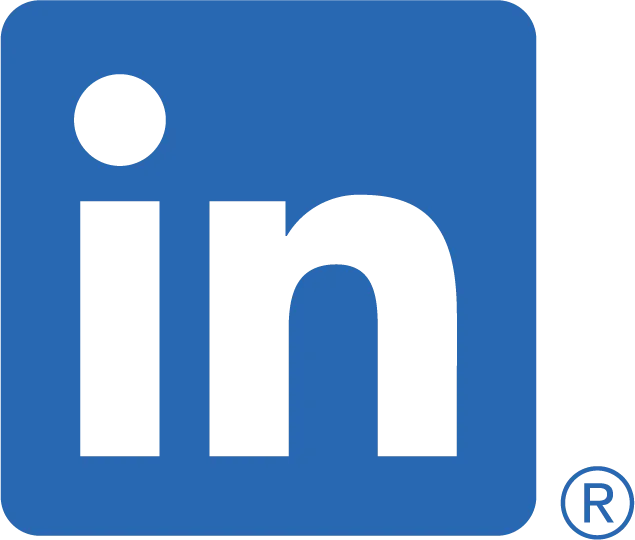OUR BLOG!

Ensuring Compliance in American Medical Floor Nursing
Adhering to evolving healthcare regulations and standards remains a significant responsibility for medical-surgical nurses. Compliance with policies set by regulatory bodies like the Joint Commission is essential for maintaining quality care and minimizing legal risks in healthcare facilities.
One of the primary challenges is keeping abreast of constantly changing regulations. The healthcare landscape is continually updated with new guidelines, necessitating ongoing education for nursing staff. Investing in continuous professional development programs is crucial. According to the Journal of Nursing Regulation, regular training sessions and certification programs help nurses stay current with the latest requirements1. Institutions should prioritize these educational initiatives to ensure that their nursing teams are well-informed and compliant.
Proper documentation practices are another critical aspect of regulatory compliance. Accurate record-keeping not only ensures continuity of care but also protects against legal ramifications. The American Journal of Health-System Pharmacy highlights that implementing standardized documentation protocols can significantly reduce errors and improve compliance2. Utilizing electronic health record (EHR) systems effectively, along with routine audits, can help maintain high standards of record accuracy.
Patient safety is at the core of regulatory standards. Ensuring a safe environment involves adhering to protocols designed to prevent infections, medication errors, and other adverse events. The New England Journal of Medicine suggests that adopting evidence-based practices and fostering a culture of safety can lead to better compliance with safety regulations3. Facilities should encourage reporting and analyzing near-misses and incidents to continuously improve safety measures.
Another issue is the integration of technology and digital tools in compliance efforts. Efficient use of technology can streamline regulatory adherence. Healthcare facilities must invest in robust EHR systems and compliance software that facilitate easier tracking and reporting of regulatory metrics. As noted by Health IT Analytics, leveraging advanced technological solutions can significantly enhance compliance monitoring and reporting4. Training nurses to proficiently use these tools is equally important.
Finally, fostering a culture of accountability is vital for regulatory adherence. Nurses must understand the importance of compliance and feel empowered to uphold standards. Regular feedback and performance evaluations can reinforce this culture. According to The Journal of Healthcare Leadership, leadership plays a key role in establishing and maintaining a compliance-focused environment5. Encouraging open communication and providing support for professional growth are essential strategies for nurturing a responsible and compliant nursing workforce.
In conclusion, ensuring regulatory compliance in medical floor nursing involves continuous education, meticulous documentation, patient safety initiatives, effective use of technology, and a strong culture of accountability. By addressing these areas, healthcare facilities can maintain high standards of care and safeguard against legal and regulatory pitfalls.
Footnotes
Journal of Nursing Regulation. "Continuing Education for Regulatory Compliance." Link ↩
American Journal of Health-System Pharmacy. "Standardized Documentation Protocols in Healthcare." Link ↩
New England Journal of Medicine. "Evidence-Based Practices for Patient Safety." Link ↩
Health IT Analytics. "Impact of Technology on Regulatory Compliance." Link ↩
The Journal of Healthcare Leadership. "Leadership and Regulatory Compliance." Link ↩




